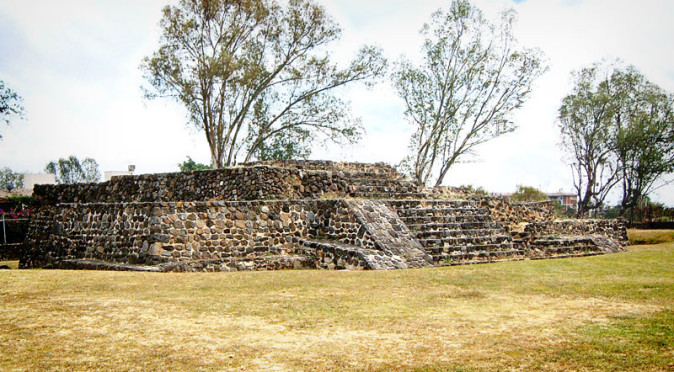
Teopanzolco: Temple of Tezcatlipoca (Building 13)
The Temple of Tezcatlipoca played an unusual role in the Aztec calendar by hosting the bloody culmination of a year long celebration to the God Tezcatlipoca.

The Temple of Tezcatlipoca played an unusual role in the Aztec calendar by hosting the bloody culmination of a year long celebration to the God Tezcatlipoca.
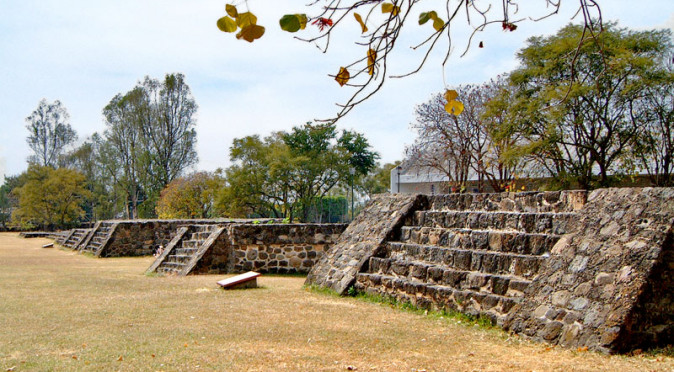
Along the west flank of Teopanzolco’s ceremonial centre lies a row of 7 enigmatic altars, two of which are distinctively circular – one of which contained human skulls.
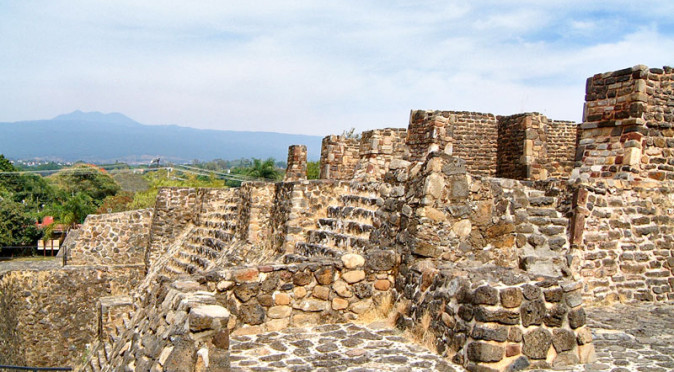
The Twin-Stairs of Building 1 suggests that temples would have been dedicated to Tlaloc & Huitziloopchtli and the builders would be Aztec, so why was it abandoned?
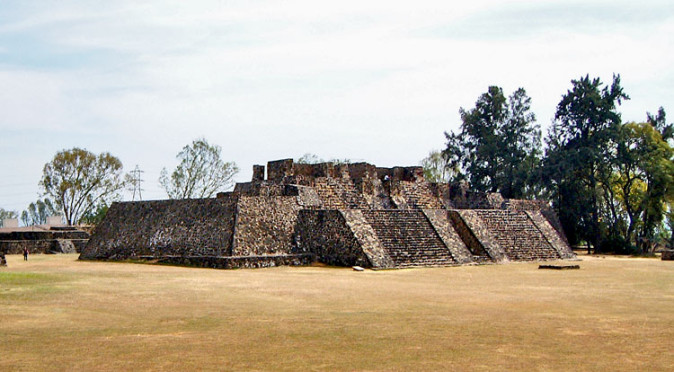
The Great Platform dominates the archaeological site of Teopanzolco, but its huge, low profile is very irregular. The reasons for this are instantly recognisable from the top…
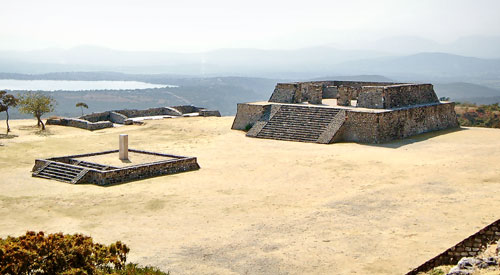
The majestic ruins of Xochicalco sprawl across a hilltop 10 miles south of Cuernavaca. Despite the incredible engineering skills and man-power involved, no-one is sure exactly who built the city.
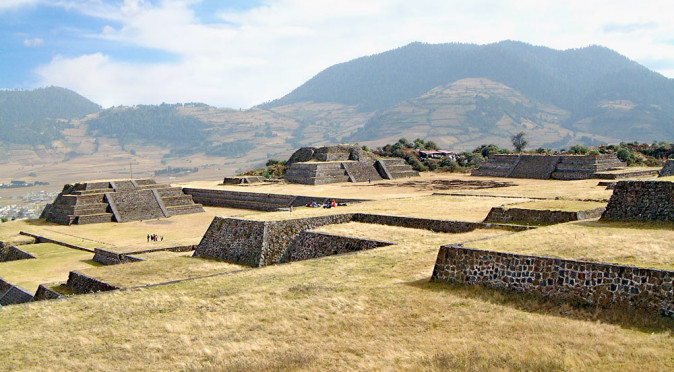
Looking out over the vast valley below, to the mountainous horizon of the east, are Groups A and B and their respective pyramids, which may have a hidden history and purpose.
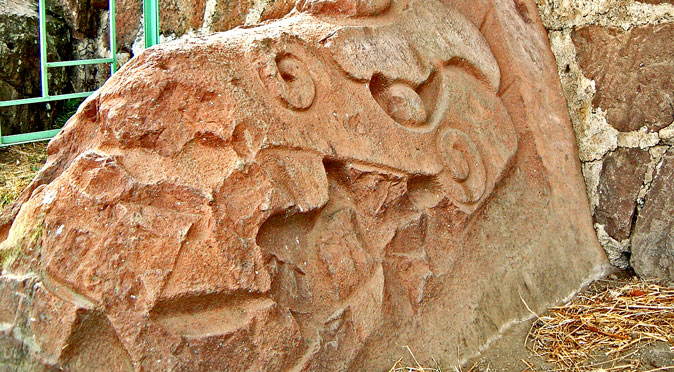
A giant carving of a serpents head protrudes from the eastern wall of the Grupo de la Serpiente, which may indicate a celestial purpose to Structure 2D.
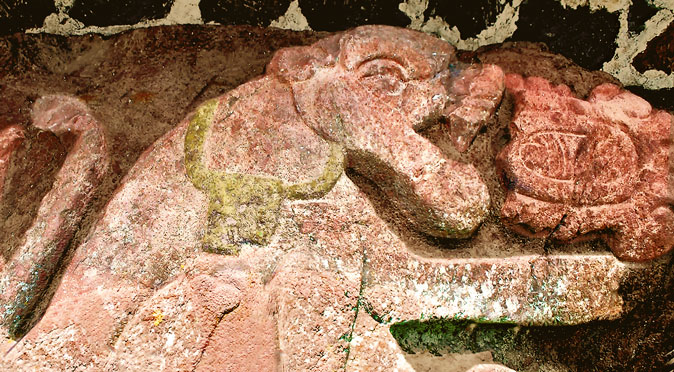
The mysterious carving of a jaguar devouring a heart is carved prominently on the wall next to the entrance to Teotenango and was designed to be seen by all entering the city.
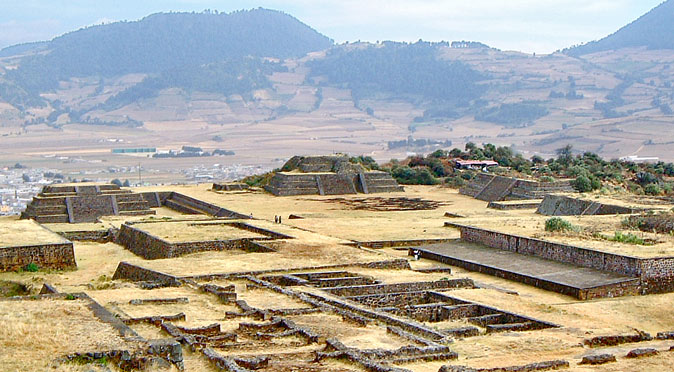
The mysteriously rapid construction of Teotenango’s two cities and its meteoric expansion during the Late Classic Period could explain another of Mesoamerica’s enduring mysteries…
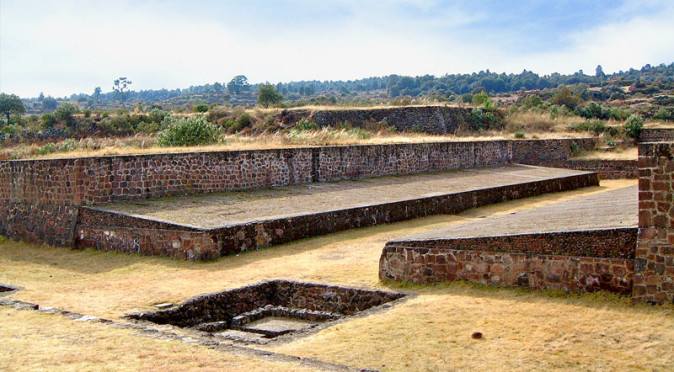
Measuring 53 metres in length, Teotenango’s ball-court is quite substantial, which demonstrates the game was an important part of life (and death!).
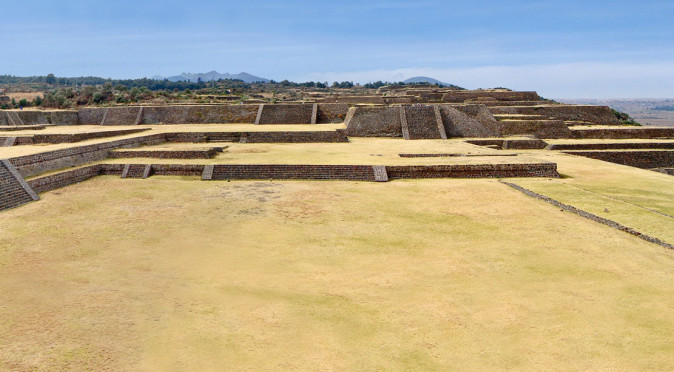
Located high upon the Cerro Tetepetl in the Toluca Valley, Teotenango is both magnificent and serene, with its immense architecture and spectacular views.
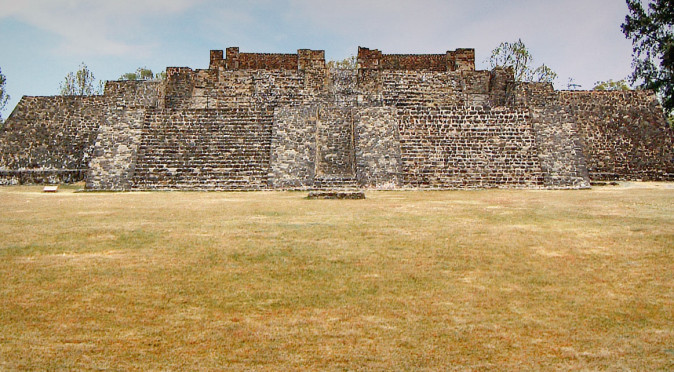
Teopanzolco is found locked within the suburbs of Cuernavaca, less than 2hrs from Mexico City, and was mysteriously abandoned mid-construction.
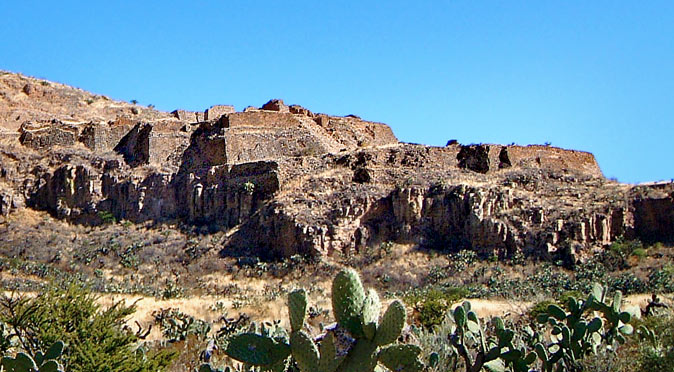
The history of La Quemada is both mysterious and perplexing, and recent discoveries which push its founding back to the 4th century have only added to this mystique.
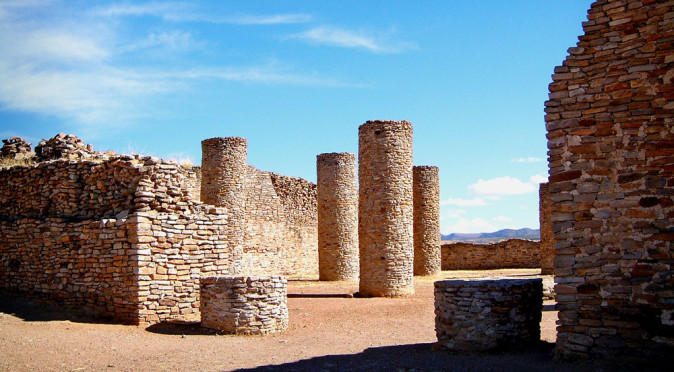
The Hall of Columns is the most iconic of all La Quemada’s buildings, but the cavernous design and lack of windows suggests it had a sinister purpose.
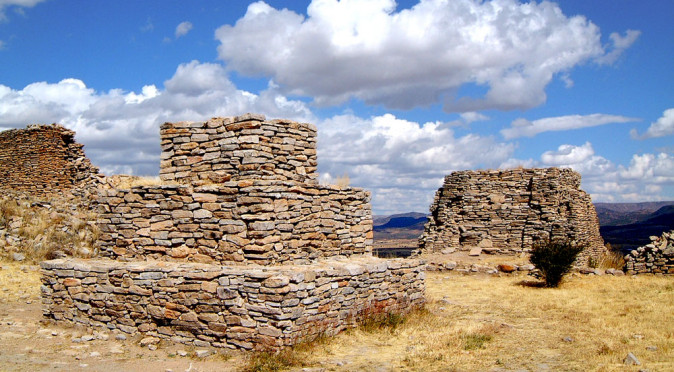
La Ciudadela takes its name from its strategic and easily defensible location right at the top of the La Quemada complex, however it function was clearly religious.
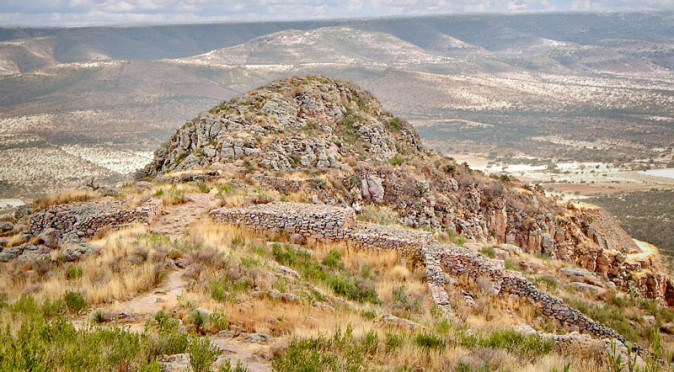
The defensive qualities of La Quemada are clear for all to see which is why it was thought to be a Post Classic citadel. However, evidence now suggest a very different story…
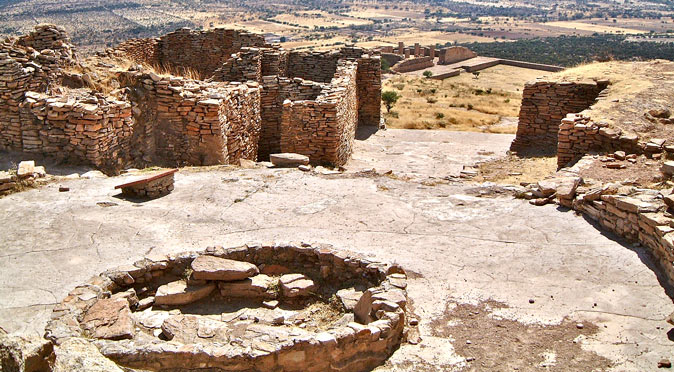
The Conjunto Pirámide-Osario includes the Patio Circular, a small sacrificial pyramid and a graveyard, and is part of a large religious complex that includes the Cuartel.
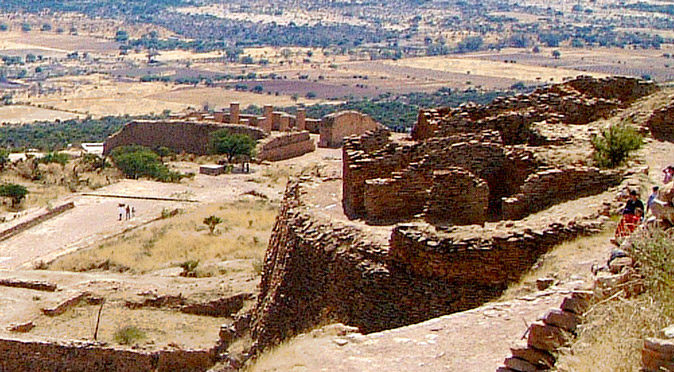
The Cuartel was formally thought to be a barracks for the fortress city, but evidence now suggests it was a religious complex, with a shrine and celestial observatory.